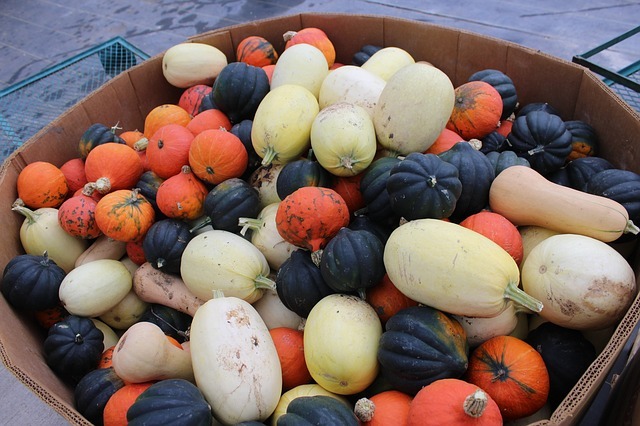How to Finance Your Homestead Dreams: Tips and Options
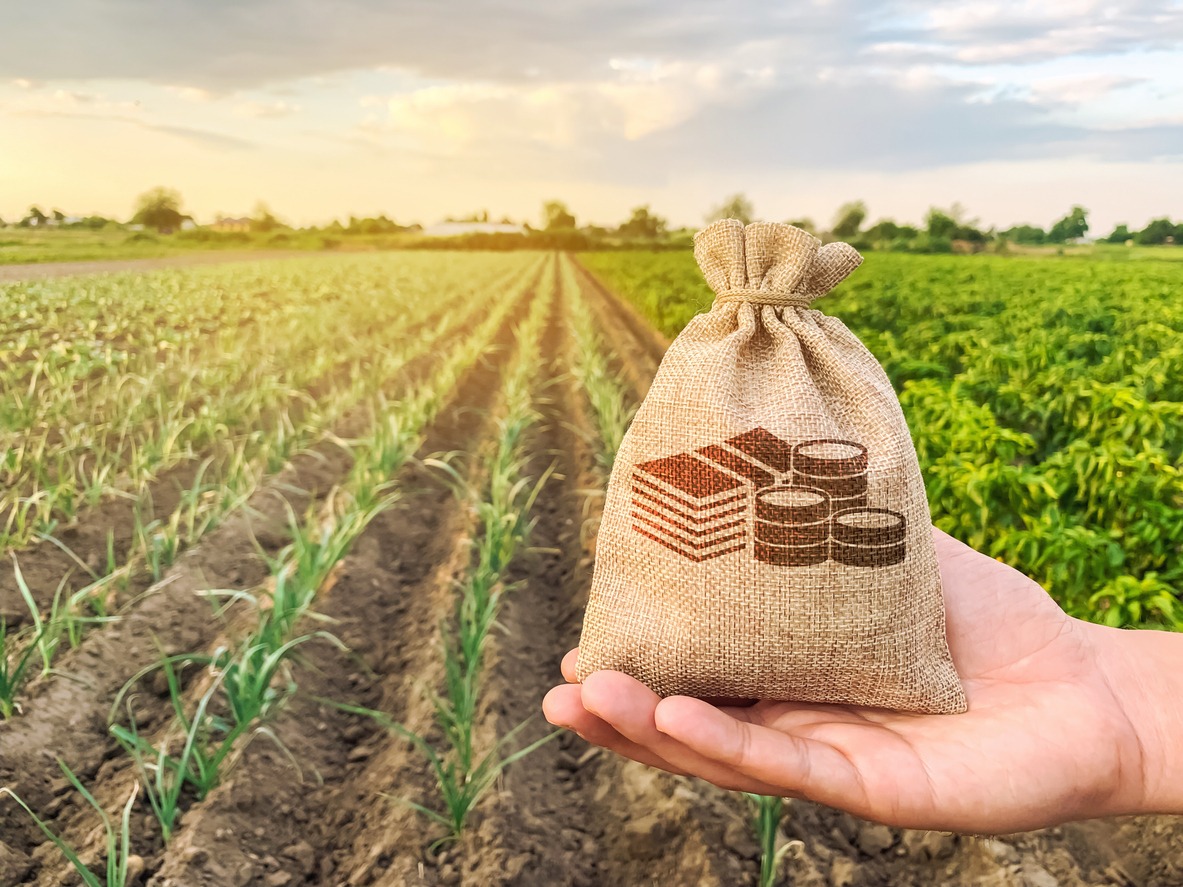
Embarking on a homesteading journey is a dream for many—a chance to live sustainably, reduce reliance on modern systems, and connect deeply with the land. However, financing this lifestyle can seem daunting. With careful planning and creative strategies, you can turn your homestead vision into reality. This guide outlines practical steps to finance your homestead while staying true to your goals of self-sufficiency and sustainability.
Understand the Costs of Homesteading
Before diving into financing, it’s essential to understand the costs involved in establishing a homestead. Knowing what you’re working towards allows you to budget more effectively and make realistic decisions.
Initial Costs
- Land Purchase: Land is often the most significant upfront cost. Prices vary widely depending on the location, size, and whether the property already has infrastructure like a home or barn. While rural areas generally offer cheaper land, you’ll need to weigh the benefits of isolation versus access to essential services.
- Development: Raw land often requires extensive work to make it livable. Clearing trees, grading land, installing water systems, and running electrical lines (if you’re not going fully off-grid) can quickly add up. Some properties may also need roads or driveways for accessibility.
- Equipment: A functional homestead requires tools and machinery. Depending on the size of your property, you may need items like a tractor, rototiller, chainsaws, or irrigation systems. While used equipment can save money, it’s crucial to ensure it’s in good working condition to avoid unexpected repair costs.
- Livestock and Seeds: Whether you're raising chickens or goats or planting a vegetable garden, animals and seeds represent another significant investment. You'll need housing, feed, and medical care for livestock, as well as soil amendments and tools for planting.
Recurring Expenses
Once your homestead is running, recurring costs include feed for animals, utilities, property taxes, and ongoing maintenance. For example, fences need repair, tools require upkeep, and weather events can cause damage to infrastructure. Additionally, you'll need to budget for operational costs like vehicle fuel and insurance for larger properties or equipment.
Hidden Costs
It’s also important to prepare for unexpected expenses. Zoning permits, environmental surveys, or higher-than-expected property taxes can strain your budget if you’re unprepared. Research local requirements thoroughly to avoid surprises.
Assess Your Financial Situation
Start your homesteading journey by taking a close look at your financial health. This step lays the groundwork for informed decisions and prepares you for potential financing opportunities.
Evaluate Income and Expenses
- Begin by gathering all your financial documents, including pay stubs, tax returns, bank statements, and loan details. This provides a clear picture of your financial starting point.
- Calculate your monthly income from all sources. Be thorough—including wages, freelance work, rental income, or any other earnings.
- Next, list your expenses. Divide them into fixed costs (e.g., rent, insurance, utilities) and discretionary spending (e.g., entertainment, dining out). Look for areas to cut back, such as subscriptions you no longer use or frequent takeout orders.
- Track your spending over several months to identify patterns. Small changes, like cooking more meals at home or using public transportation, can add up to significant savings over time.
Improve Your Credit
A good credit score can open doors to better financing options. Even small changes can make a big difference:
- Always pay your bills on time, as payment history is a key factor in credit scoring.
- Work on reducing credit card balances. Aim to keep usage below 30% of your total credit limit.
- Dispute any errors on your credit report that may be dragging your score down. Free annual credit reports are available online, so take advantage of them.
Identify Assets and Income Opportunities
- Take stock of what you already own that could be sold or leveraged. This might include savings accounts, investments, or unused property.
- Consider ways to increase your income. Side hustles, like freelance writing, tutoring, or selling crafts, can supplement your savings. Selling unused items online can also free up cash while decluttering your home.
Create a Homestead Budget

A well-planned budget is the foundation of financial stability. Crafting a dedicated homestead budget ensures you’re allocating funds effectively and staying on track.
Steps to Build Your Budget
- List All Income Sources: Include wages, freelance earnings, and potential income from homestead activities like selling produce or hosting workshops.
- Categorize Expenses: Break down your expenses into essentials like food, utilities, and housing, and separate costs directly related to homesteading.
- Track Spending: Monitoring your spending habits over a period of months will highlight areas where you can adjust or save.
Allocate Funds for Priorities
Start with high-priority needs like land acquisition, basic infrastructure, and sustainable food systems. For example, investing in a well for water or fencing to protect crops will provide long-term value. Once the essentials are secure, you can plan for additional projects like building a greenhouse or acquiring livestock.
Plan for Emergencies
Unexpected repairs or income fluctuations are a reality for most homesteaders. Aim to set aside at least three to six months’ worth of living expenses to act as a safety net.
Explore Financing Options
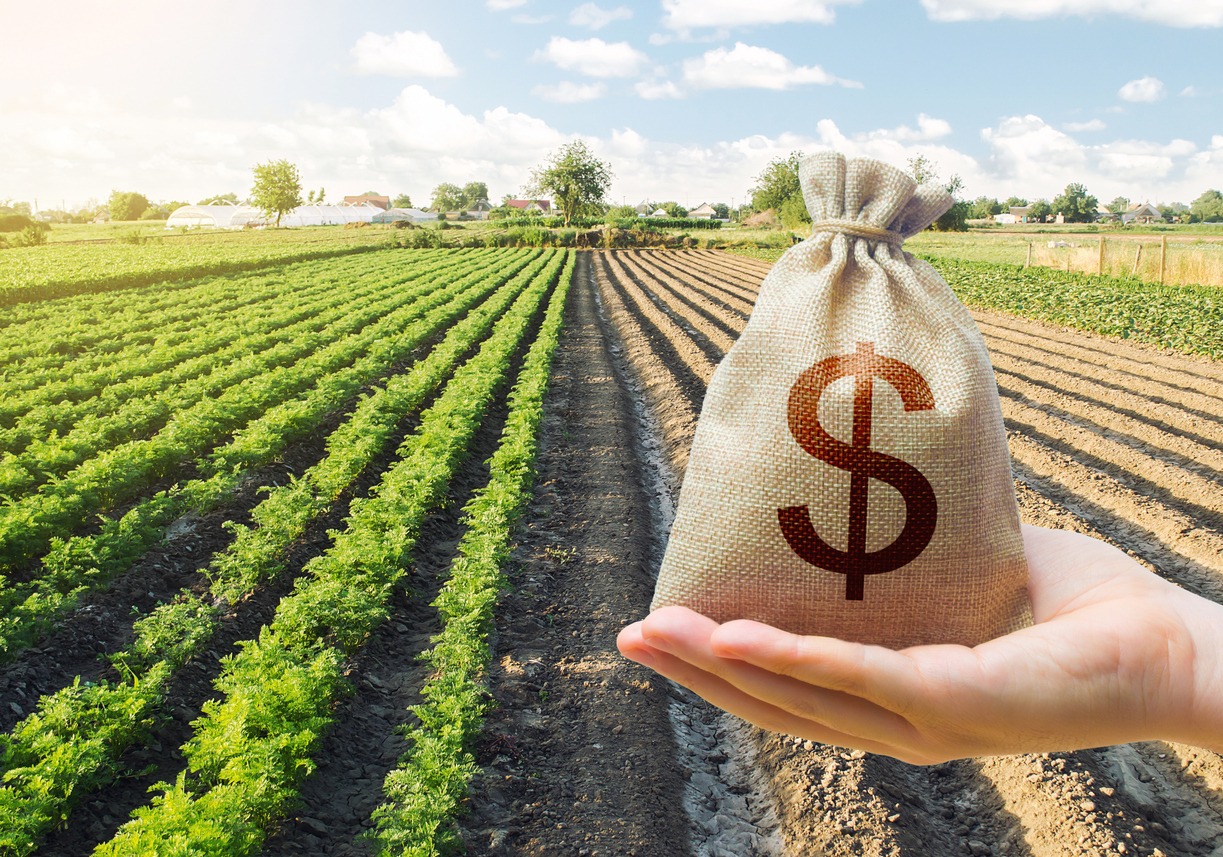
Securing funds to start or expand your homestead often requires exploring multiple financing avenues. Each option has its pros and cons, so choose the one that best suits your circumstances.
Traditional Loans
- Mortgages: These are ideal for properties with existing homes. Many lenders offer favorable rates if you have a strong credit history.
- Land Loans: If you’re purchasing undeveloped land, specialized loans are available but often come with higher interest rates and shorter repayment terms.
Owner Financing
With owner financing, you make payments directly to the seller rather than through a bank. This can be a flexible solution if you have poor credit or want to avoid traditional lending processes. However, it’s critical to have a clear legal agreement to avoid misunderstandings.
Government Programs
Many government initiatives, such as USDA loans or rural development grants, are designed to support agricultural and sustainable living projects. Check with local agencies to see what programs might apply to your situation.
Auctions and Estate Sales
These avenues can provide significant savings, but they come with risks. Be sure to research the property thoroughly, as auction purchases are often "as-is" and may require extensive repairs.
Maximize Self-Sufficiency to Reduce Costs
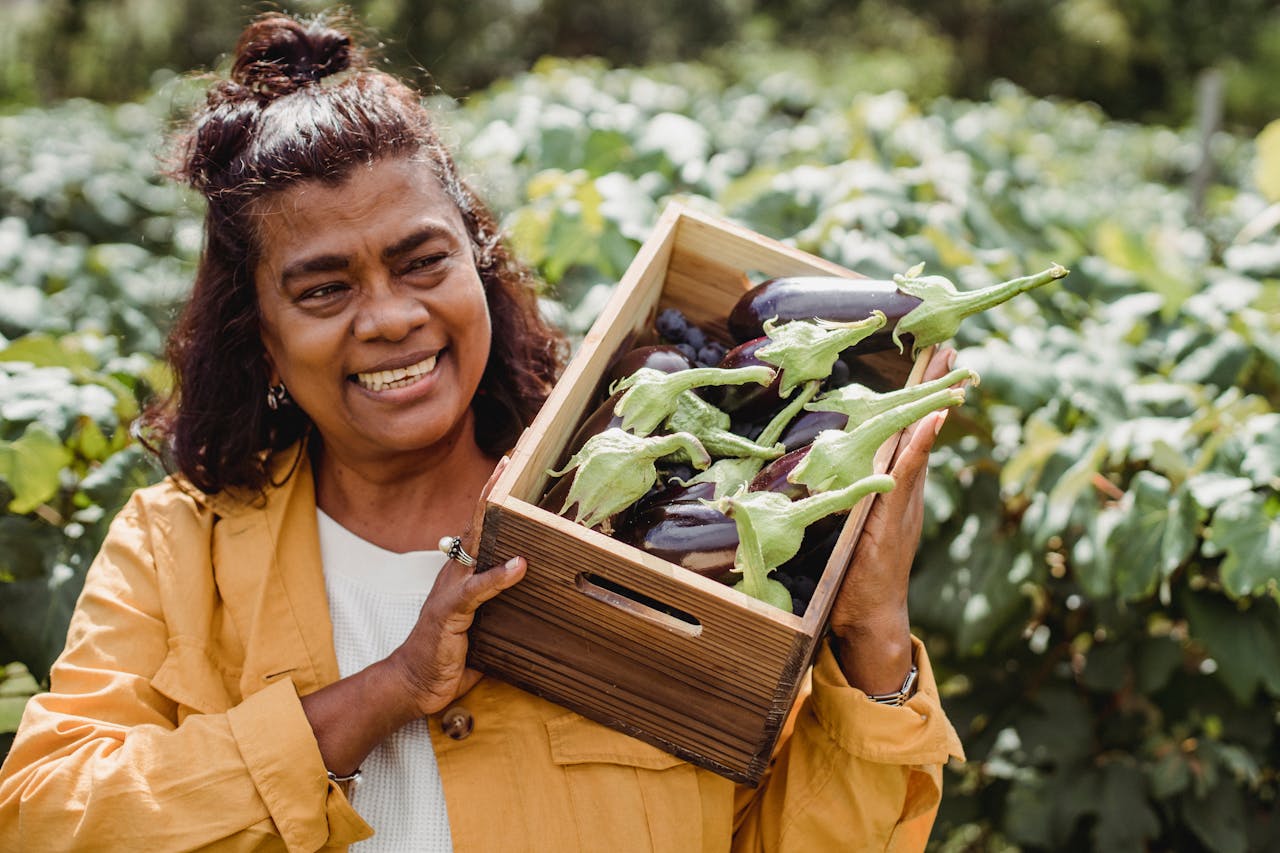
One of the keys to successful homesteading is minimizing reliance on external systems. Investing in self-sufficiency not only reduces expenses but also aligns with the ethos of sustainable living.
Food Production
- A robust garden can provide vegetables, herbs, and fruits year-round. Pair it with practices like composting to improve soil quality over time.
- Raising livestock offers ongoing benefits, from fresh eggs to milk and meat. Chickens, goats, and bees are popular starter animals for small homesteads.
Renewable Energy Systems
- Solar panels or wind turbines can reduce utility bills while decreasing dependence on the grid.
- Geothermal systems, while costly upfront, are excellent for heating and cooling in the long term.
DIY Solutions
- Learning to repair tools, build structures, or create household items can save money and boost your self-reliance.
- Repurposing materials from local salvage yards or freecycling groups helps stretch your budget further.
Barter and Community Resources
- Bartering with neighbors for goods and services can offset costs. For example, trade excess produce for farm labor or homemade goods.
- Homesteading groups often share tools and resources, creating a sense of mutual support.
Generate Income from Your Homestead
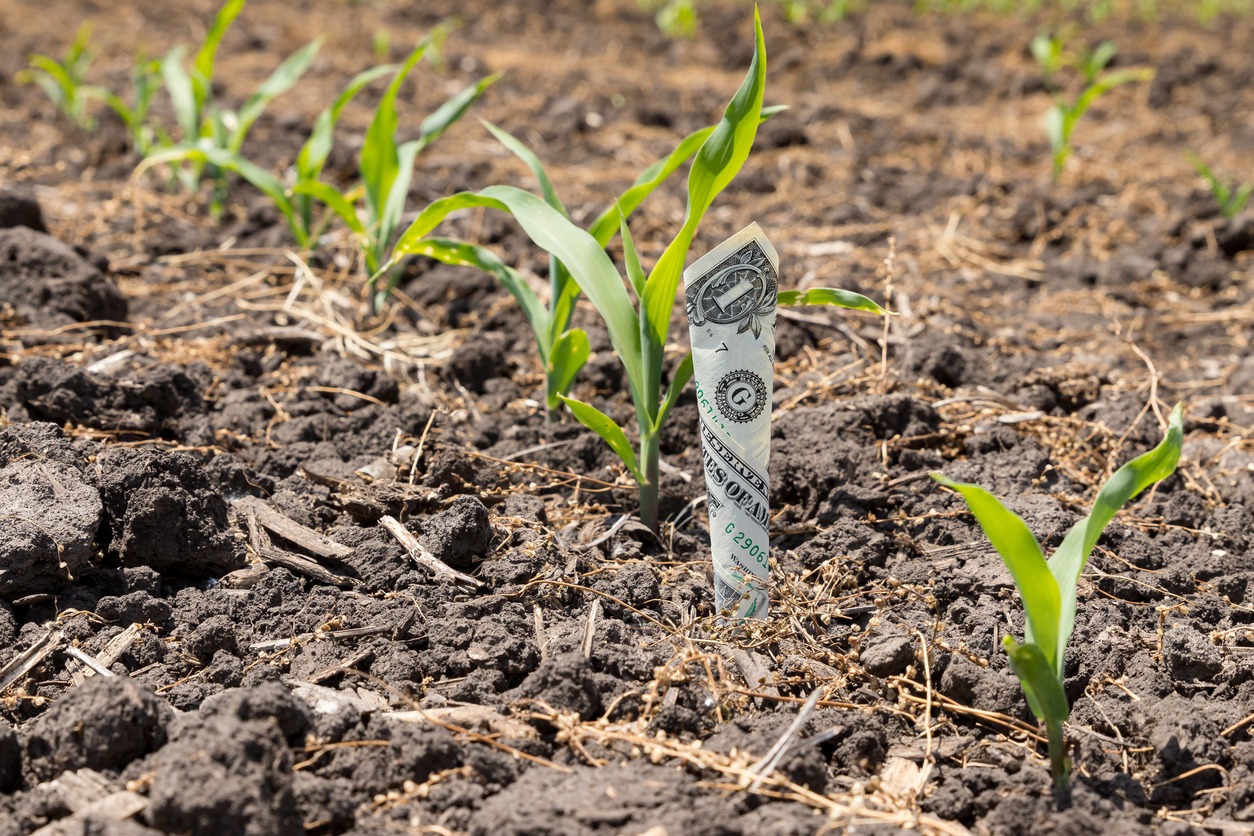
A sustainable homestead often includes diversified income streams. Whether through products, services, or creative ventures, earning money from your land supports your financial independence.
Product-Based Income
- Growing and selling high-demand crops, like heirloom tomatoes or medicinal herbs, can be lucrative.
- Value-added products like homemade jams, candles, or natural skincare items can command higher prices at farmers’ markets or online.
Service-Based Income
- Host workshops on skills like canning, gardening, or raising chickens.
- Turn your homestead into an agritourism destination, offering tours, classes, or even farm stays.
Online Opportunities
- Use platforms like Etsy or Shopify to sell handmade goods or farm products.
- Share your homesteading knowledge through blogs, social media, or video tutorials.
Negotiate Property Purchases Like a Pro

When buying land for your homestead, strategic negotiation can save you significant money and stress.
Target Undervalued Properties
Focus on non-performing assets or properties banks are eager to offload. These often come with lower prices and flexible terms.
Do Your Due Diligence
- Conduct thorough inspections to uncover potential issues.
- Verify zoning requirements and ensure the property aligns with your homesteading goals.
Leverage Seller Motivation
Use the seller’s urgency to your advantage. Be prepared to negotiate and offer a fair price based on the property’s condition.
Consider Alternative Agreements
- Rent-to-own deals or contract-for-deed arrangements can make landownership accessible without requiring large upfront payments.
Overcome Common Challenges
Homesteading is rewarding, but it comes with its share of challenges. Preparation and flexibility are key to navigating these hurdles.
Zoning and Legal Restrictions
Understand local regulations for farming, livestock, and land use. Applying for permits or choosing land zoned for agricultural use can help avoid issues.
Fluctuating Income
Diversify your revenue streams and build a financial buffer to weather slow seasons or unexpected market changes.
Relocation Costs
Budget for moving expenses and time required to settle into a new area. Building community connections early can help ease the transition.
Conclusion
Financing your homestead dream requires a combination of careful planning, creativity, and determination. By understanding the costs, assessing your finances, exploring diverse funding options, and maximizing self-sufficiency, you can turn your vision into a sustainable reality. Start small, take consistent steps, and remember that every effort brings you closer to a life of independence and fulfillment. Take the first step today—your homesteading adventure awaits!




